Google Ads vs. Facebook Ads: Which is Best for Your Business? [2025]
Selecting the right advertising platform is a challenge in 2025. However, Google Ads and Facebook Ads remain top choices for businesses. Both platforms offer extensive reach but operate differently. Google Ads displays your advertisements when users search for specific terms online, while Facebook Ads target users based on their interests, activities, and demographics.
Each platform offers unique advantages depending on your business’s goals and budget. Search ads are more effective for active buyers, whereas social ads excel at building brand awareness. Your decision should align with your target audience and industry. In this article, we’ll compare Google Ads and Facebook Ads side-by-side, discussing their performance, pricing, and targeting capabilities. This guide will help you determine which platform will drive success in 2025.

How Does Google Ads Work in 2025?
Designed for intention-based marketing, Google Ads in 2025 displays your ads as users search for specific products or services. For example, if someone types “buy sneakers,” your ad might appear in the search results. This makes it ideal for sales-driven advertising, as you target users who already want what you offer. You can also promote through image or video ads on YouTube, Google Maps, Gmail, and millions of partner websites.
With Google’s pay-per-click (PPC) model, you only pay when someone clicks your ad. In 2025, AI-driven smart bidding will automatically adjust your bids for optimal performance. To attract ideal customers, you can target by keyword, device, location, time, or search activity. Google Ads is perfect for e-commerce, tech tools, healthcare, and local businesses, creating high-intent traffic and efficiently converting clicks into customers.
How Does Facebook Ads Work in 2025?
Meta’s robust ad system includes Facebook Ads, which will appear on Facebook, Instagram, Messenger, and the Audience Network in 2025. These ads target users based not on keywords, but on their behavior, interests, and demographics. You connect with people, not searches. Target users by age, location, interests, job, and more to build an audience and enhance brand awareness, making Facebook an excellent choice.
Ads can include images, videos, slideshows, or stories. This flexibility enhances engagement and appeal. Meta’s AI systems in 2025 refine targeting and predict who is most likely to engage, maximizing ad performance. While users may not be directly searching for products or services, Facebook Ads excel for lifestyle brands, events, or apps, helping users discover something new as they scroll. Facebook Ads are perfect for creativity-driven and discovery-oriented campaigns.
Google Ads vs Facebook Ads in 2025: A Complete Comparison
In 2025, businesses face a tough choice between Google Ads and Facebook Ads, each with unique strengths and strategies.
Budget and Cost Differences
Budgeting is critical in 2025. Google Ads typically cost more per click in competitive markets, but those clicks often lead to quicker sales. Facebook Ads, on the other hand, offer a broader reach at a lower cost per click. Both platforms now utilize AI to smartly manage bids. Startups might prefer Facebook’s cost-effective approach, while Google Ads excel for rapid results and highly targeted leads.
Targeting Options in 2025
Targeting has become smarter in 2025. Google Ads focus on search activity, time, device, and keywords, while Facebook Ads emphasize interests, age, and behavior. Both platforms use AI to build intelligent audiences. Currently, Google’s predictive targeting is more robust, while Facebook uses lookalikes to track interests. Facebook leads in awareness, while Google Ads provide more control and intent for precise, purchase-ready users.

Ad Formats and Creative Control
Creativity is crucial in 2025. Google Ads offer search, display, video, and shopping formats for direct results. Facebook Ads provide more graphic options, including story ads, reels, and carousels. Facebook’s editor now includes animations, effects, and music. Choose Facebook if your brand is visual or lifestyle-focused. Google Ads are better if users are actively searching for your products.
Analytics and Performance Tracking
Tracking has evolved in 2025. Google Ads integrates with Google Analytics for keyword insights, click-through rates, and conversions. Facebook Ads use Meta Pixel and Ads Manager to show engagement and ROI. AI now fills tracking gaps left by privacy changes. Google offers better search data, while Facebook provides rich audience and creative insights. Choose Google for detailed user behavior analysis; Facebook excels in engagement tracking.
Which Is Best for Your Business?
Your objectives will determine the right platform. For leads or quick sales, choose Google Ads, which work best when customers are actively searching for your offerings. Ideal for e-commerce sites or service-based businesses, Google Ads can drive high-intent traffic if your budget allows competitive bids. For brand awareness, opt for Facebook Ads, which are perfect if you have compelling visuals like photos or videos. They are excellent for lifestyle or niche markets.
Facebook also offers a lower cost per view or engagement compared to Google Ads. Many businesses find success using both platforms in combination. Google Ads target ready-to-buy customers, driving conversions, while Facebook Ads raise awareness and retarget interested users. This comprehensive strategy covers the entire buying journey.
Conclusion
In 2025, both Google Ads and Facebook Ads offer unique advantages depending on your goals. Google Ads excel in driving conversions by targeting customers actively searching for specific products or services, making them ideal for businesses seeking highly targeted leads. Conversely, Facebook Ads are perfect for building brand awareness and engaging users based on interests and behavior. The key is to align your platform choice with your business objectives. Many businesses succeed by leveraging both platforms, capitalizing on their strengths to cover all stages of the customer journey from awareness to conversion.
Related Articles

How Can You Automatically Capture Leads from Facebook Lead Ads in RD Station?

How Can You Merge Google Accounts? 3 Easy Ways to Combine Gmail, Calendar, and Contacts
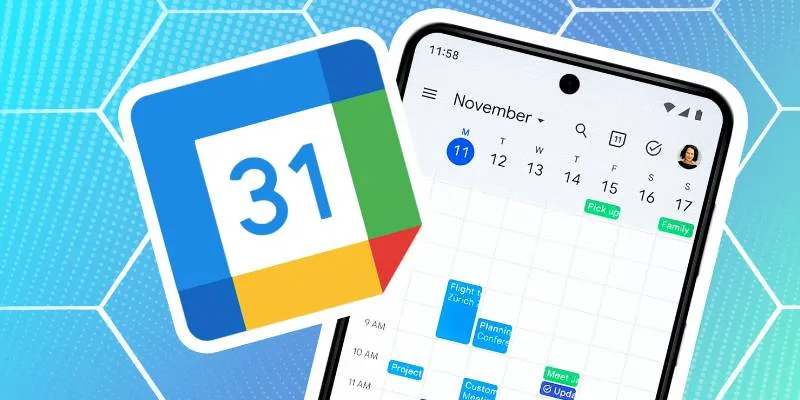
How to Connect Google Calendar with Your Business Apps: 7 Best Practices

What Are the Best Google Docs Features to Improve Your Workflow and Save Time?
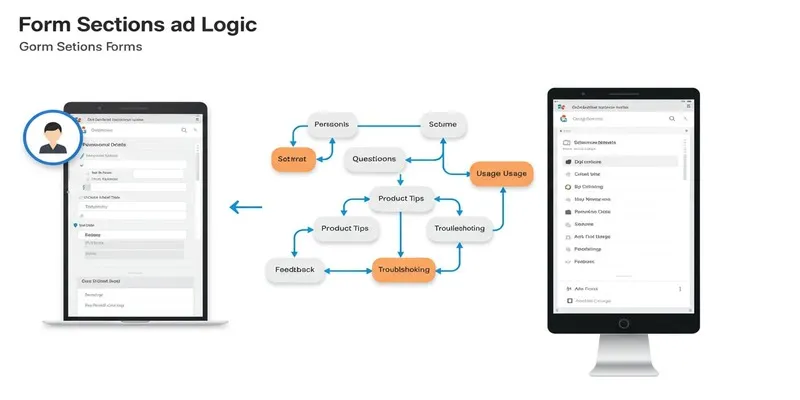
A Comprehensive Guide to Create Form Sections and Logic in Google Forms

How to Add, View, and Print Comments in Google Docs: A Step-by-Step Guide

How to Integrate Google Sheets with Mailchimp: A Step-by-Step Guide
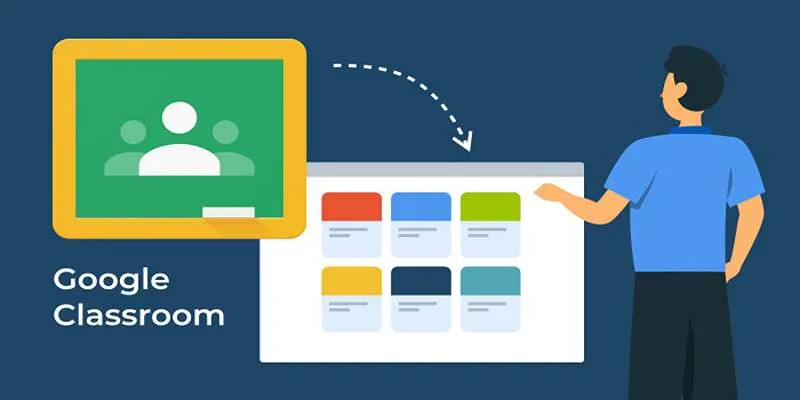
Resolving Google Classroom Submission Errors: Step-by-Step Guide
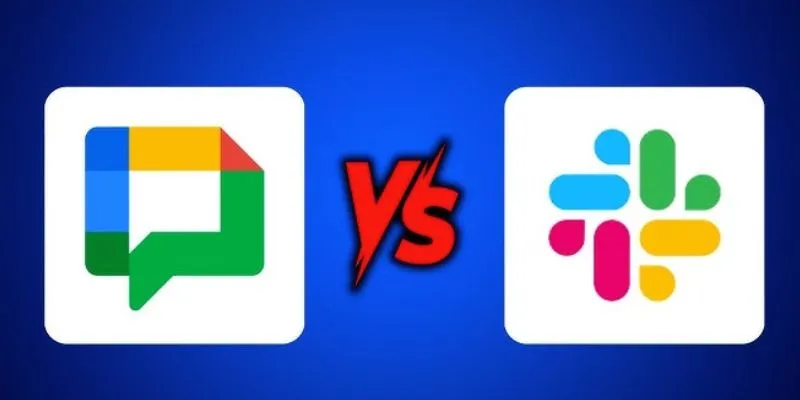
Google Chat vs. Slack: Which Collaboration Tool Suits Your Business Best

How to Integrate Google Sheets with Mailchimp: A Step-by-Step Guide

How to Get Your Webflow Form Responses into Google Sheets — A Quick and Easy Guide
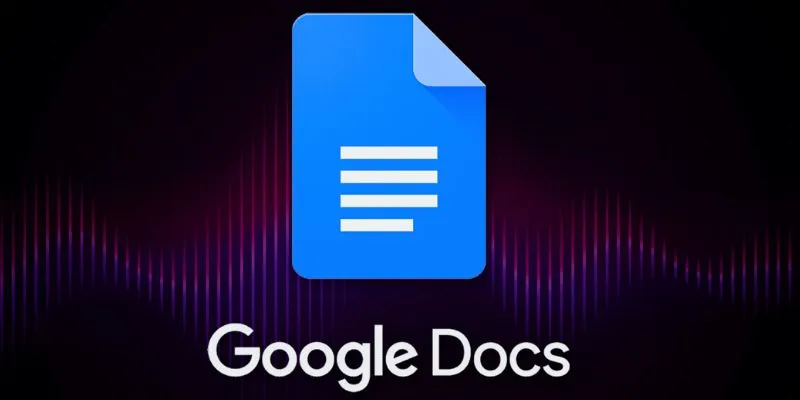
Boost Your Productivity: The 10 Best Google Docs Add-Ons You Need
Popular Articles

How to Add an 'Email This' Option to Your WordPress Posts: A Step-by-Step Guide

10 Essential Martech Tools for Building a Smart Martech Stack for Startups

How to Shoot a Smooth Time Lapse Using GoPro
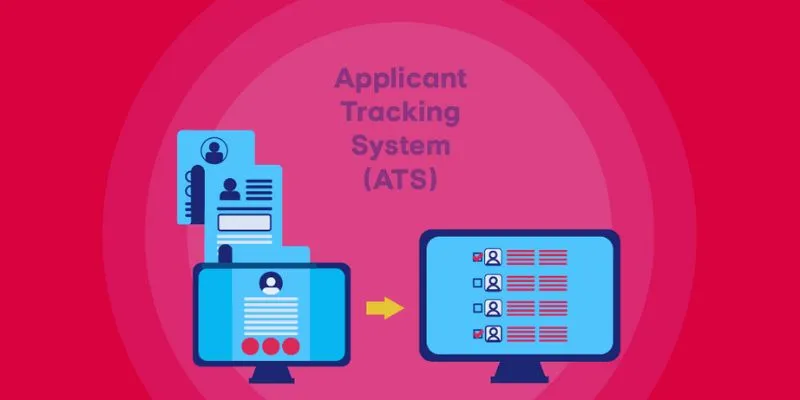
The 9 Best Applicant Tracking Systems to Streamline Your Hiring Process
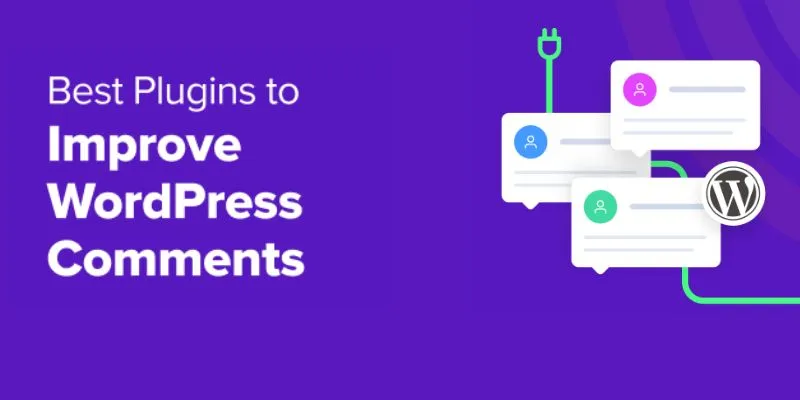
The Ultimate Guide: 16 Best Plugins to Improve WordPress Comments (2025)
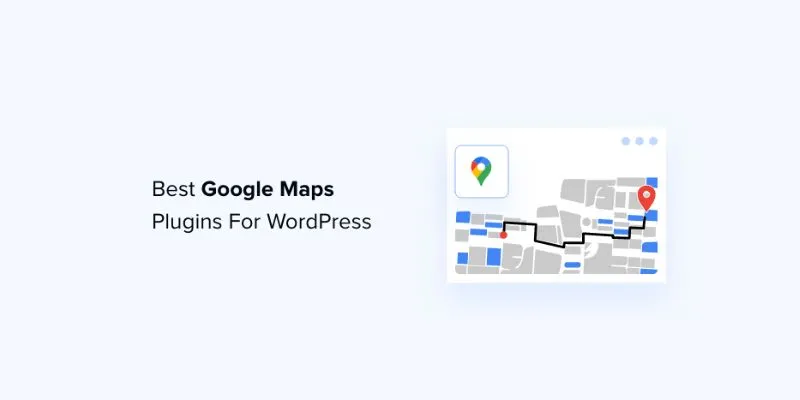
7 Mostly Free Google Maps Plugins for WordPress You Shouldn't Miss

How Can You Automatically Capture Leads from Facebook Lead Ads in RD Station?

Best Linux Distributions for Customization and Speed in 2025
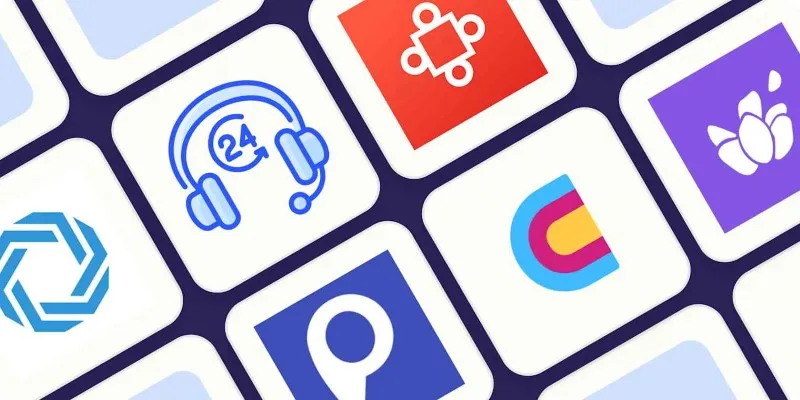
The 8 Best AI Sales Assistant Software in 2025 to Boost Your Pipeline

Monetize Your Discord with Subscriptions & Shops

How to Create an Amazing AMV Using Windows Movie Maker
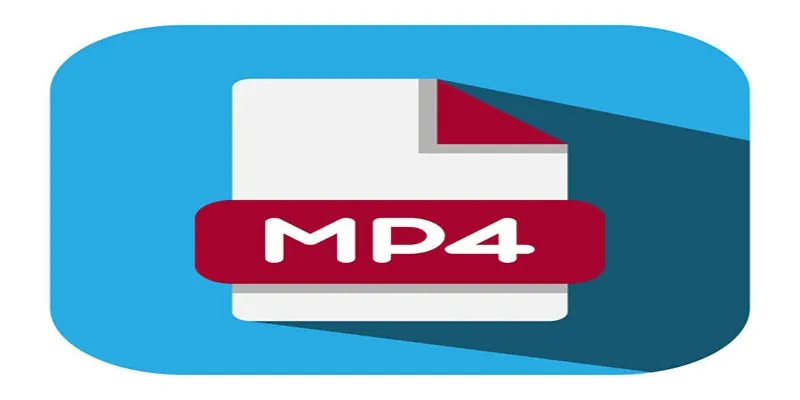
 mww2
mww2